- The 536-horsepower 2022 BMW i4 M50 covered 268 miles in Edmunds' real-world EV range test, besting its EPA-estimated range by 41 miles.
- The i4's range overachievement compared to its EPA estimate puts it in the 80th percentile among all luxury EVs Edmunds has tested.
- The i4 uses a unique motor that BMW designed in-house — a brushed AC synchronous design that dispenses with using rare earth metals.
TESTED: The 2022 BMW i4 Handily Exceeds Its EPA Range
This 536-horsepower sprinter can also go the distance
As a second act to the electrified i3 and i8 models, BMW has introduced two all-new, all-electric "i" models — a midsize SUV dubbed the iX and the i4 compact sedan. The latter is the car you see here, looking like a spitting image of the company's 4 Series Gran Coupe. Indeed, the 2022 i4 is based on the 4 Series and does not sit on a purpose-built EV platform like the iX SUV. That means it looks and feels very much like just another BMW sedan.
Behind that familiar face, though, the i4 M50 uses BMW's groundbreaking brushed current-excited AC synchronous motors, which depart from EV convention by not requiring any rare earth metals (permanent magnets) to function. Instead, they generate their electromagnetic field using DC current from the batteries. Translation? No more dependency on the volatile rare earths supply chain. Oh, and those motors crank out 536 horsepower and 586 lb-ft of torque, too, although they're also less efficient than typical electric motors.
Naturally, we wanted to see how it all shook out in the real world. With an 83.9-kWh battery and the optional 20-inch wheels, our i4 M50 had an EPA-estimated range of 227 miles. It also carried an EPA consumption estimate of 42 kWh/100 miles, far less efficient than the Tesla Model 3 Performance's estimate of 30 kWh/100 miles. How would it perform on Edmunds' real-world EV range loop? Let's find out.
Am I Ready for an EV?
- EV ownership works best if you can charge at home (240V outlet)
- Adding a home charging system is estimated to cost $1,616 in
- Edmunds is partnering with Treehouse, an independent provider of home EV installation services. Learn more about the installation services partnership
Testing the i4 M50 in the real world
Edmunds tests every new electric vehicle on the same real-world driving loop to see just how far it can travel from a full charge down to zero miles remaining. If you scroll through our EV range leaderboard, you'll see that most EVs have matched or exceeded their EPA range estimates in our testing. Much of that has to do with our ability to test in near ideal conditions year-round.
Our i4 M50 test car was extremely well equipped, including the optional 20-inch wheels and summer tires (Pirelli P Zero Elect 255/35 R20 front, 285/30 R20 rear) inflated to the factory-recommended pressure of 39 psi and 45 psi front and rear, respectively. We weighed our i4 in at a burly 5,086 pounds, a half-ton more than the Tesla Model 3 Performance (4,092 pounds), which also plays a role in how efficient a car is.
Over the course of a full day of driving at an average temperature of 75 degrees, we managed to travel a total of 268 miles. That's 41 miles more than the EPA estimate, an appreciable improvement of 18.1%. By comparison, the Tesla didn't even match its EPA range estimate, let alone outperform it.
So how much did those 268 miles cost?
While the total range of a vehicle continues to dominate the EV conversation and will likely be a popular talking point for the i4, energy consumption is an important factor as well. Energy consumption is what determines how much your miles will cost you. The unit of measurement for consumption, the kilowatt-hour, can be thought of as the EV equivalent of a gallon of gasoline. Just like gas, the price of electricity varies depending on where you live. For example, you'll pay about 9 cents per kWh in Nebraska as of this writing, whereas in Hawaii it'll run you about 37 cents.
So, what can BMW owners expect to pay at "the pump"? After charging the battery back to full, we calculated an Edmunds consumption rate of 34.1 kWh/100 miles, which is 18.8% more efficient than the EPA estimate of 42 kWh/100 miles. If we lived in Hawaii, our 268-mile trip in the i4 would have cost us $33.81, while if we lived in Nebraska, that same trip would cost just $8.23.
If we compare the i4 to its most efficient competition, the Tesla Model 3 Performance, the same 268 miles would have cost $29.75 in Hawaii and $7.24 in Nebraska. So the differences in your fuel bill will be marginal if choosing between the BMW and any one of its closest competitors. Although the BMW is a lot less efficient per the EPA's estimates, it closes the gap in the real world to the point that most people likely wouldn't even give it a second thought.
How about a gasoline-powered equivalent? Well, since there is literally a gasoline-powered version of the i4, the BMW M440i xDrive Gran Coupe, we'll use it for comparison. The M440i Gran Coupe is nearly indistinguishable from the i4 save for the presence of tailpipes and a few other subtle differences. However, the M440i's turbocharged 3.0-liter inline-six generates a mere 382 hp and 369 lb-ft of torque, which is closer to what the base i4 eDrive40 delivers through its single electric motor. Premium fuel is required, and the M440i is estimated to return a reasonably good 25 mpg in combined driving. Driving it for 268 miles would have set us back $61.10 in Hawaii ($5.70 per gallon) and $46.95 in Nebraska ($4.38 per gallon) at current prices, assuming we got the combined mpg.
Based on these numbers, you could save an estimated $1,018 per year in Hawaii and $1,445 per year in Nebraska by driving an i4 M50 for 10,000 miles instead of an M440i. The i4 M50's price of admission does run a premium of about $7,700 over the gas Bimmer, but working off these numbers, you could make up the difference in as few as 5.5 years, assuming you currently live in Nebraska. If the i4 M50's power advantage is what's enticing to you, know that you're paying about $50 for every additional horsepower at that premium. That said, the i4 M50 is still cheaper and more powerful than a BMW M3 Competition. Did we just blow your mind?
For more information on how we test EV range and how each vehicle performed, we invite you to visit our Real World vs. EPA testing page, which includes both our EV range leaderboard and a table with detailed test results. Our EV range leaderboard is embeddable and will automatically update every time we add a new vehicle.
Edmunds says
The 2022 BMW i4 M50 outperformed its EPA range and efficiency estimates to a greater degree than we were expecting, demonstrating that BMW's motor and battery efficiency works pretty well in real-world driving. If you don't need the horsepower bragging rights, because no one honestly needs that kind of power, then the single-motor i4 with the capability to deliver well over 300 miles of range on a single charge could make an even more practical EV option. We're looking forward to testing more versions of BMW's new i vehicles in the near future. For our latest comprehensive ratings of all electric vehicles, head over to Edmunds' EV rankings page.
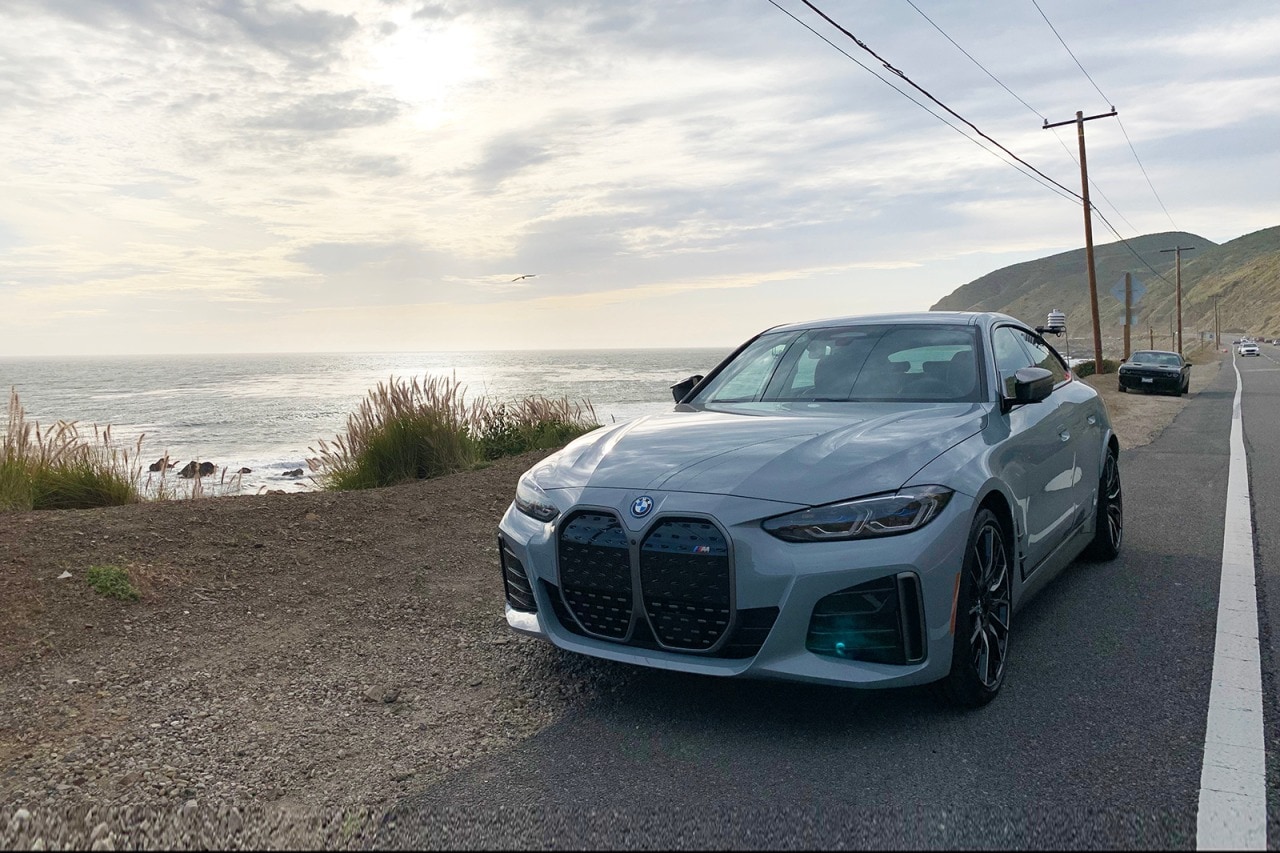
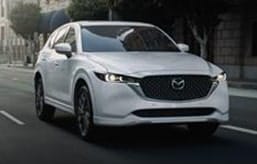
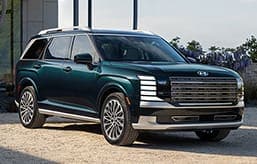
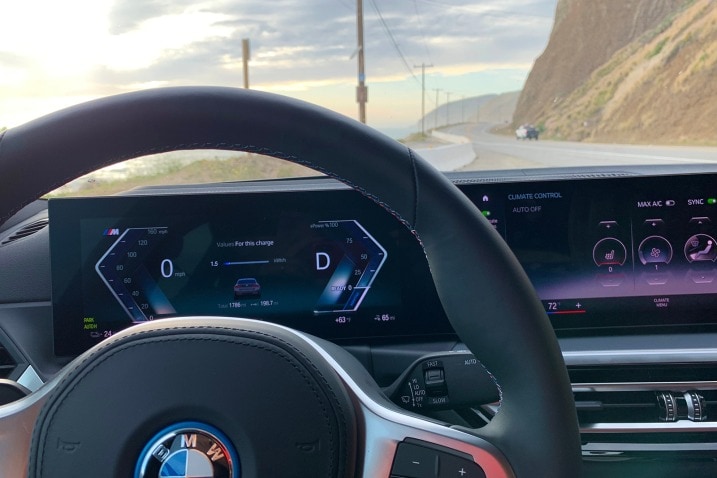
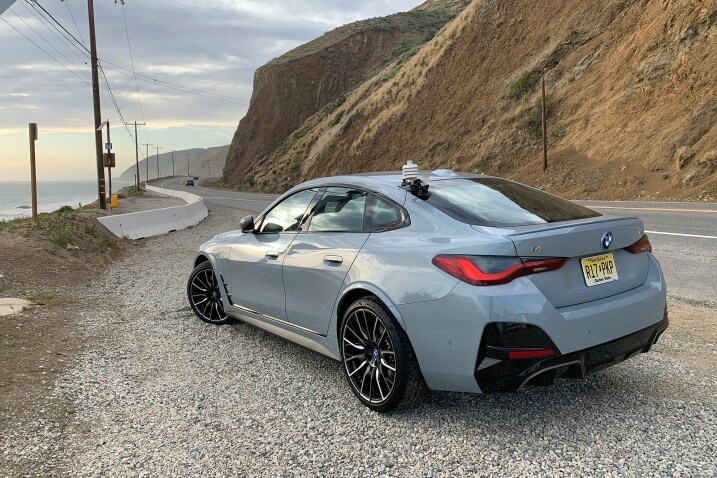
 by
by